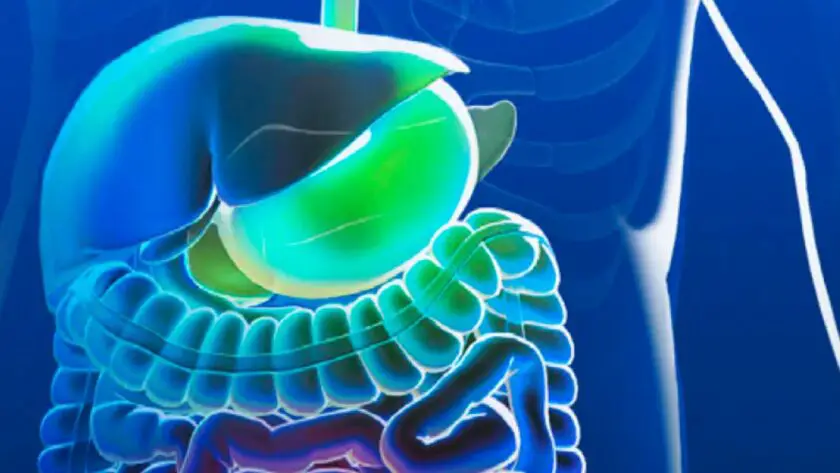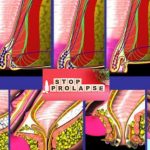Treatment of thrombosed hemorrhoids is a benign procedure as a whole, therefore not dangerous for the patient’s life, it can be subject to various types of complications, even very annoying as well as painful, and hemorrhoidal thrombosis (also called acute hemorrhoidal crisis) is one of these.
It is a condition that affects with a fairly high frequency those who already suffer from hemorrhoidal disease and is painful to the point of giving the patient the sensation of having a foreign body in the rectum.
When it occurs, it becomes more difficult to carry out the normal activities of daily life such as walking, sitting and going to the bathroom and, for this reason, rest and some precautions are necessary both in terms of nutrition and the use of medical products , in order to help the spontaneous resolution of the problem as well as recovery in a short time.
Usually, surgery is performed to cut and drain the clot only in the most extreme cases of haemorrhoidal thrombosis.
Treatment of thrombosed hemorrhoids, what are we talking about?
Hemorrhoidal thrombosis is a complication of hemorrhoidal disease and occurs when a blood clot (also called thrombus) forms within the blood vessels that belong to the hemorrhoidal plexus.
This event impedes normal blood flow (both in and out) and causes the hemorrhoids to become swollen, tight, blue, and tender.
Types of thrombosis of hemorrhoids
According to the location where the problem occurs, one should distinguish between internal hemorrhoidal thrombosis , prolapsed hemorrhoidal thrombosis and external hemorrhoidal thrombosis.
Internal
Internal hemorrhoidal thrombosis affects internal hemorrhoids, occurs inside the anal canal and, since there is nothing visible externally, an anoscopy is necessary to have a certain diagnosis. This is a painful complication which in turn causes an increase in the tone of the sphincter.
Prolapsed
Prolapsed haemorrhoidal thrombosis , on the other hand, occurs when the haemorrhoids protrude from the anus due to an increase in volume which prevents them from returning inside the anal canal and undergo a whole series of mechanical stresses from the sphincter with congestion, edema and thrombosis of the gavoccioli.
External
Finally, external hemorrhoidal thrombosis affects external hemorrhoids and is divided into perianal hematoma and perianal edema.
Perianal hematoma occurs due to overeating, after straining a lot during defecation or sitting too long. In this circumstance, the blood collects inside the external hemorrhoidal plexus and a mass (i.e. a nodule) appears with a diameter that varies between 1 and 3 cm, reddish in color and sometimes bluish, tense and particularly painful.
As far as perianal edema is concerned, instead we witness the appearance of a more voluminous mass which can present multiple thrombi of various sizes and characterized by distended and edematous tissue.
Thrombosed hemorrhoids, causes and risk factors
A specific cause that determines the onset of this problem has not been identified and the most frequent risk factors in hemorrhoidal thrombosis are similar to those that cause the disease. They include:
- chronic constipation or diarrhea problems;
- significant efforts during the evacuation due to too hard stools;
- incorrect eating habits;
- a sedentary lifestyle;
- physical overload or intensive sports training;
- genetic predisposition;
- previous episodes of haemorrhoidal thrombosis.
Symptoms
The most common symptoms that patients with hemorrhoidal thrombosis complain of are:
- intense pain;
- severe itching in the anal area;
- bleeding (remember that blood is a bright red color when it comes to hemorrhoids disease);
- swelling or one or more lumps protruding from the anus.
On the other hand, where an important alteration in body temperature should also occur (i.e. high fever), it could be a real infection, or an abscess, and it is advisable to contact your doctor.

How are thrombosed hemorrhoids treated?
Very often a hemorrhoidal thrombosis problem resolves itself even without specific treatment and in a period of time ranging from a few days to a few weeks at the most. The pain, in fact, tends to subside over time from the moment in which the blood clot (or thrombus) is gradually reabsorbed by the body.
To speed up the healing process and reduce the painful state, it is recommended to:
- increase the consumption of fiber, water, fruit and vegetables to prevent the stools from being particularly hard and from having to make excessive efforts during evacuation;
- avoid taking irritating foods such as, for example, chilli and spices, chocolate, sausages, carbonated drinks and alcohol;
- take anti-inflammatory and pain-relieving medicines;
- use creams or ointments for local use to deflate external hemorrhoids and soothe the pain;
- take a flavonoid-based medicine for hemorrhoids (the most effective are diosmin, hesperidin and troxerutin);
- take frequent baths with warm water (therefore, neither cold nor too hot) to keep the anal area clean and reduce discomfort.
(Self-medication is always not recommended and your doctor or pharmacist will be able to recommend the most suitable oral or topical drugs to obtain effective treatment of the problem).
Finally, Treatment of thrombosed hemorrhoids is on an outpatient basis by the doctor by means of thrombectomy which consists in the incision of the prolapsed haemorrhoid under local anesthesia and which favors the immediate evacuation of the thrombus.
This practice is adopted if the thrombosed hemorrhoids are particularly large, it helps to speed up the healing process as well as to deflate the enlarged hemorrhoid and, consequently, to immediately reduce the pain.
When further investigation are needed
Unfortunately, the bleeding and other symptoms of hemorrhoidal disease can mask the presence of other more serious malignancies of the colorectal, such as cancer, cancer of the lower rectum and cancer of the anus.
For this reason, and above all in case of familiarity with them, the general practitioner can prescribe further tests in order to exclude with certainty that it is a condition other than hemorrhoidal thrombosis or disorders related to inflamed hemorrhoids more generally.
In case of frequent problems affecting the rectum and anus such as pain, bleeding, itching, purulent secretions or swelling, it is very probable, in fact, that the doctor will prescribe a proctological visit.






